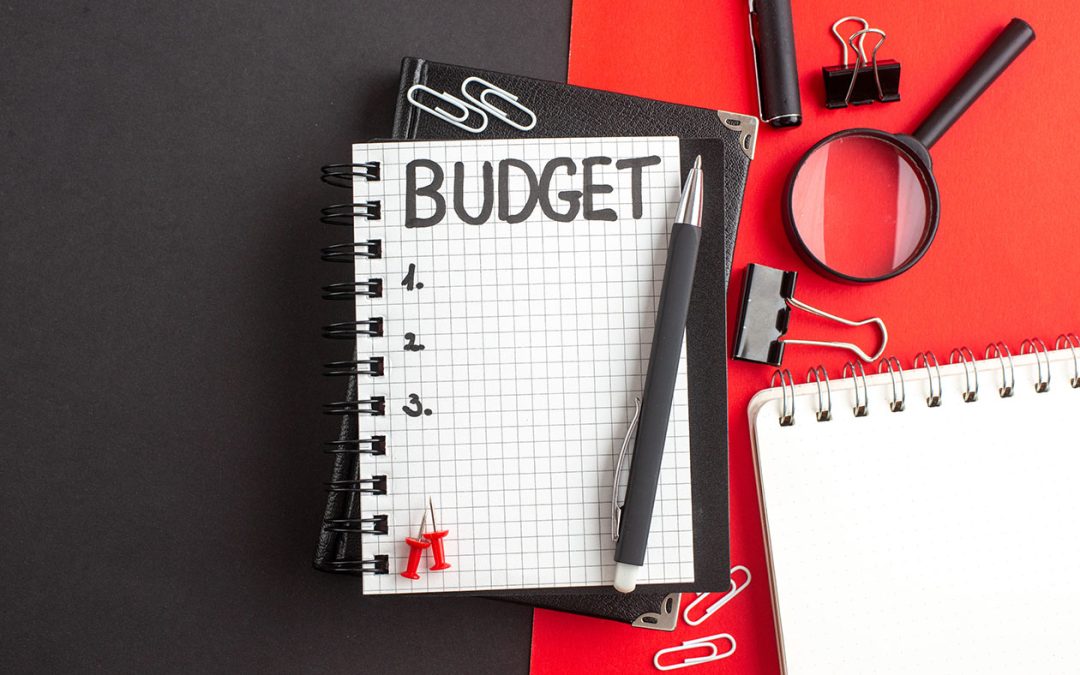Whichever method you choose, personal budgeting involves three basic routines:
- Track what you earn and what you spend.
- Work to keep the second number lower than the first.
- Lather, rinse, repeat each month.
Unfortunately, just because budgeting is simple doesn’t mean it’s easy. And if you’ve never created a budget, you may feel overwhelmed by what exactly you are supposed to do, and how you’re supposed to do it.
Thankfully, despite reports to the contrary, starting a budget from scratch doesn’t have to be painful or difficult. Here’s how you can create a straightforward and simple budget that works for you.
Step 1. Embrace the Ongoing Process of Budgeting
We often tend to think of budgeting as a one-and-done kind of chore. You sit down with your accounts and receipts. You figure out how much you have been spending. You plan for how much you will spend in the future.
Let’s look at an example, using a composite couple, “Henry” and “Janine.” The first time Janine and Henry tried to make a budget, they realized they had dropped over $450 the previous month on dining out. So they vowed to spend no more than $50 a week at restaurants—and went on their merry way feeling good that they’d made a budget.
If this is what you think of as budgeting, it’s very tough to actually get ahead, as Janine and Henry learned. After creating their first budget, the couple was not actively tracking their spending, so they didn’t notice when they had blown past their self-imposed restaurant spending limit. They didn’t understand why they were still struggling to make ends meet. Eventually, it got to the point where they had to sit down to create a budget again and start the whole process anew.
The best way to set yourself up for budgeting success is to embrace the fact that budgeting is the ongoing strategy you will use to live the financial life you want. Instead of thinking of budgeting as a one-time or occasional chore, it’s better to think of it as a regular maintenance task, much like doing your laundry.
Like money management, your laundry is an ongoing responsibility that cannot be avoided, ignored or forgotten without some serious consequences. Going into your brand new budget with the acknowledgement that you are committing to a regular and ongoing process will help you maintain your budget, which is far more important than just creating one.
To get ready for this new, ongoing task, Janine and Henry schedule weekly time to go over their budget together.
Step 2. Calculate Your Monthly Income
Once you’ve embraced the realities of the budgeting process, you’re ready to start getting into the nitty-gritty numbers. You’ll start by calculating your monthly income.
For anyone who receives a salary from a traditional employer, this part will be very simple. You’ll just need to take a look at your most recent pay stub to see how much you earn per paycheck. You can then multiply that by four if you’re paid weekly or two if you’re paid biweekly or twice a month.
Janine receives a paycheck of $1,550 on the 1st and 15th of every month. Multiplied by two, her monthly take-home pay is $3,100. Knowing this amount gives her a starting point for calculating her budget.
However, if you work as a freelancer, have side hustles, earn hourly pay or overtime or rely on tips or commission, your monthly income is a little more difficult to calculate. In that case, gather your income information for the past three to six months and calculate the average. This can give you an understanding of how much you earn each month on average.
Henry works as a freelancer, so his income fluctuates. By looking back at his income for the past six months, however, he learns that even though he only brought in $1,300 in one month and nearly $8,000 another month, his average earnings month-to-month (after setting aside his quarterly estimated tax payments) is $3,500.
Between Janine and Henry, their average monthly income is $6,600 (Janine’s $3,100 income + Henry’s $3,500 average monthly income).
Step 3. Add Up Your Necessary Expenses
Your necessary expenses are the bare minimum you need each month to maintain your life. These include fixed expenses and variable necessities.
Most people have a basic sense of their fixed, or recurring, expenses. For instance, you know exactly how much you pay for your rent or mortgage each month.
Now’s the time to look up and record every single one of your fixed expenses. These can include:
- Rent/Mortgage
- Utilities, including mobile phone and data/Wi-Fi access (if these fluctuate, calculate the monthly average over the last 12 months)
- Car payment
- Auto insurance
- Student loan payment
- Alimony or child support
- Day care expenses
- Monthly memberships (such as gym membership)

